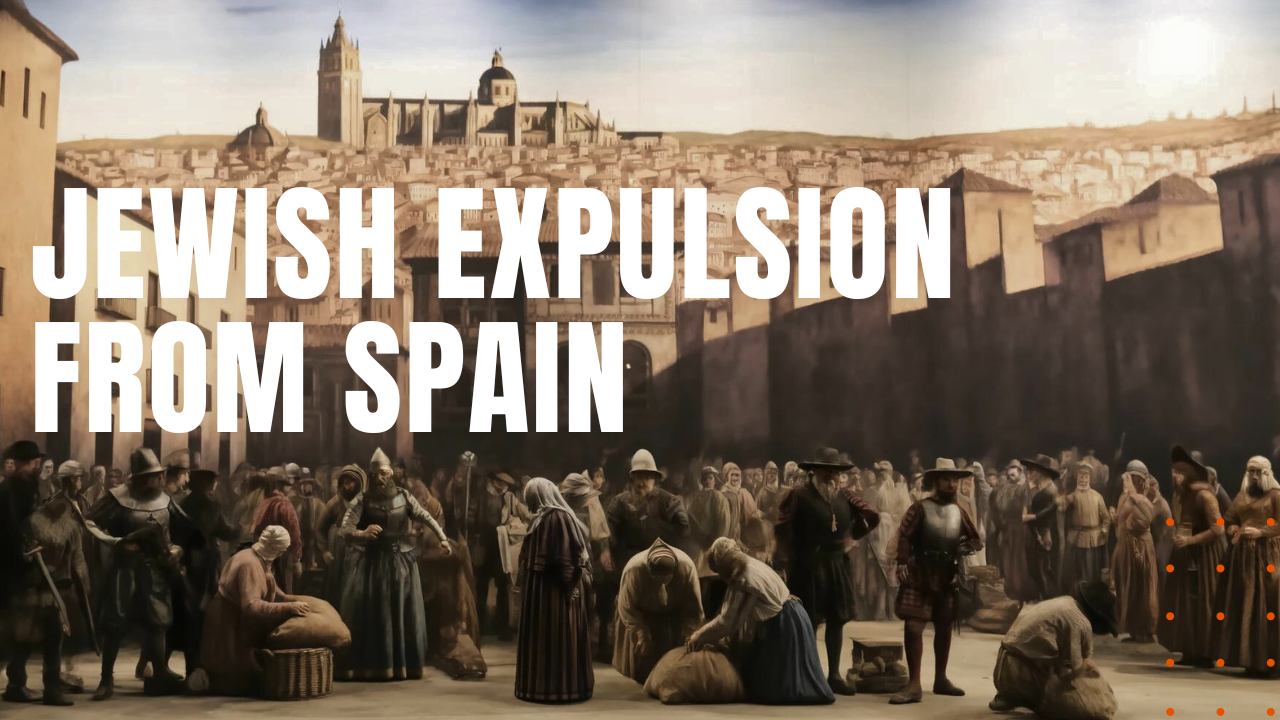The Jewish Expulsion from Spain

After the Spanish took back the Iberian peninsula from Moorish invaders in 1238 AD, in an effort to unify the separate kingdoms of Castile and Aragon under the common bond of Catholicism, in 1478, King Ferdinand II of Aragon and Queen Isabella I of Castile established the tribunal of the Holy Office of the Inquisition, intended to weed out heretics from the Catholic Church. Known simply as the Spanish Inquisition, after the medieval inquisitions swept through Europe with an equal emphasis on violent anti-Semitism toward Jews and Muslims, Spain followed suit with her three-century-long period of punishing inquisitions by the Catholic Church.
Early Expulsions
While Jews and Muslims were at first tolerated in major Spanish cities, after the expulsion of Jews from England in 1290 and France in 1306, anti-Jewish sentiment climaxed during the Jewish Massacre of 1391 in cities like Barcelona and Seville, which witnessed the slaughter of thousands of Jews, while others, known as conversos or anisim in the Hebrew, were forced to swear their allegiance to Christianity. For the thousands who refused conversion, most fled certain death by migrating to Poland and present-day Lithuania.
Get Out
The final shoe dropped in 1492, the year Columbus sailed for the New World from Spain, when on March 31st, Queen Isabell I and King Ferdinand II signed the Alhambra Decree, also known as the Edict of Expulsion, which ordered the removal of all practicing Jews from Spanish soil. By the time of Spain’s expulsion edict, more than 200,000 Jews had converted to Catholicism, which meant the primary purpose of the Alhambra Decree was to ensure that conversos and their descendants would not be tempted to revert to Judaism under the lingering pressure exerted by practicing Jews.
Mass Exodus
Those who failed to convert—some 40,000 to 100,000 Jews—faced immediate expulsion under Spain’s ethnic cleansing edict handed down from the Catholic Church and the monarchies of Castile and Aragon. Academics point to multiple hypotheses regarding the underlying triggers that sparked the expulsion edict, including a common embrace of Catholicism, as well as a desire to be accepted by other European nations who had already expelled their populations of Muslims and Jews, making the Jewish Expulsions of 1492, yet another stain on Europe’s long history of antisemitism.
